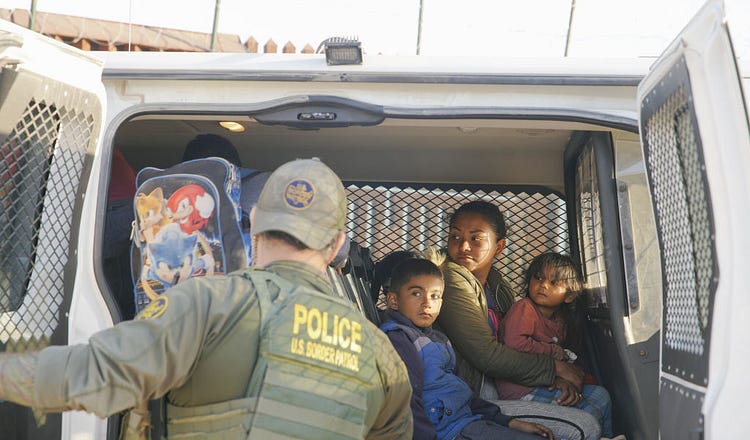
During his campaign, Donald Trump promised moms like Jackie Medina he would deport millions of illegal immigrants, including criminals like the man who killed her 16-year-old daughter Lizbeth last year.
But can he even do it?
There are an estimated 11 million illegal immigrants in the U.S., and Trump has vowed to deport “all” of them. The vast majority aren’t dangerous, and many have lived and worked in the U.S. for years. Does the president-elect really plan to deport such a massive number, even those who don’t pose an immediate threat to society? While border security needs to be tightened, most Americans surely don’t wish to see grandmothers being pulled from their apartments and sent back south of the border.
Thomas Homan, the former acting director of Immigration and Customs Enforcement, who was named Trump’s “border czar” last week, is the man who has to answer these questions. In an exclusive interview with The Free Press, Homan said the priority is “public safety threats and national security threats.”
And yet, even targeting safety and security threats presents problems. The murder of Lizbeth Medina is an example of this. She was stabbed to death in her family’s apartment in Edna, Texas, last December. Five days later, Rafael Govea Romero, then 23, an illegal immigrant from Mexico, confessed to the crime. At the time of Romero’s arrest, he was on probation for burglary, and his visa had expired.
Jackie Medina says Edna Police told her Romero was able to stay in the U.S. because the Biden administration decided in a 2021 memo to prioritize apprehending illegal immigrants who are deemed to be a “threat to national security.” Burglary didn’t meet that standard.
And Medina’s story is just one case—what does mass deportation look like on a larger scale? Homan acknowledged it’s not going to happen all at once. The first step is finding immigrants who have criminal backgrounds.



